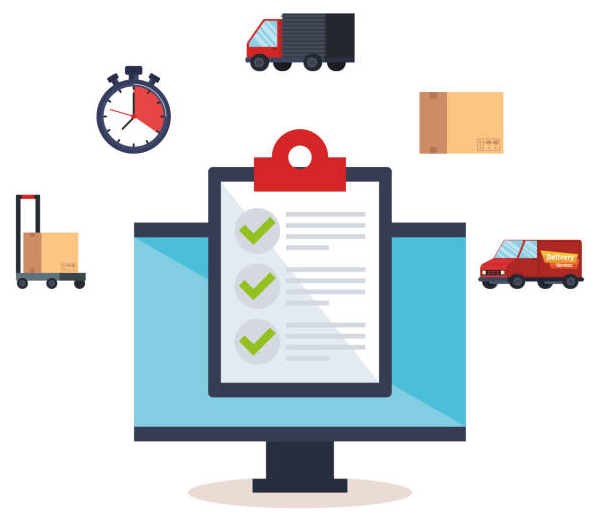Supplier Scorecard: Your Key to Vendor Success
A supplier scorecard is a powerful tool. It helps you evaluate and manage your suppliers effectively. This guide provides examples and a free template to get you started.
What is a Supplier Scorecard?
A supplier scorecard is a performance measurement tool. It tracks key metrics to assess supplier performance. This includes quality, delivery, cost, and responsiveness. It helps you make informed decisions and improve supplier relationships.
Why Use a Supplier Scorecard?
Implementing a supplier scorecard offers numerous benefits:
- Improved supplier performance
- Reduced costs
- Enhanced quality
- Stronger supplier relationships
- Better risk management
Key Metrics to Include
Consider these metrics when creating your scorecard:
- Quality: Percentage of defect-free products.
- Delivery: On-time delivery rate.
- Cost: Price competitiveness and cost savings.
- Responsiveness: Communication and problem-solving speed.
- Innovation: Proactive suggestions and new ideas.
Supplier Scorecard Examples
Here are a few examples to guide you:
Example 1: Manufacturing Supplier
- Quality: Defect rate below 1%
- Delivery: On-time delivery of 98%
- Cost: Competitive pricing and cost reductions of 3% annually
- Responsiveness: Quick response time within 24 hours
Example 2: Service Provider
- Quality: Customer satisfaction score above 4.5 out of 5
- Delivery: Service level agreement (SLA) compliance of 95%
- Cost: Adherence to agreed-upon rates
- Responsiveness: Timely issue resolution
How to Create Your Scorecard
Follow these steps to build your supplier scorecard:
- Define Objectives: Identify your goals for supplier management.
- Select Metrics: Choose relevant metrics for your industry.
- Set Targets: Establish performance targets for each metric.
- Collect Data: Gather data from various sources.
- Analyze Results: Evaluate supplier performance.
- Provide Feedback: Share results with suppliers.
- Take Action: Implement improvements.
Free Template: Supplier Scorecard Checklist
Use this checklist to get started:
| Metric | Target | Weight | Actual | Notes |
|---|---|---|---|---|
| Quality | ||||
| Delivery | ||||
| Cost | ||||
| Responsiveness |
Action Items: Implementing the Scorecard
Here’s a simple action plan:
- Define Metrics: Choose your key metrics.
- Set Targets: Establish clear goals.
- Gather Data: Collect data regularly.
- Analyze Results: Review performance.
- Provide Feedback: Communicate with suppliers.
- Improve: Implement changes for better results.
Ready to take your business to the next level? Explore our Financial Health & Profit Boost Strategy Pack for tools and strategies to optimize your financial performance.































